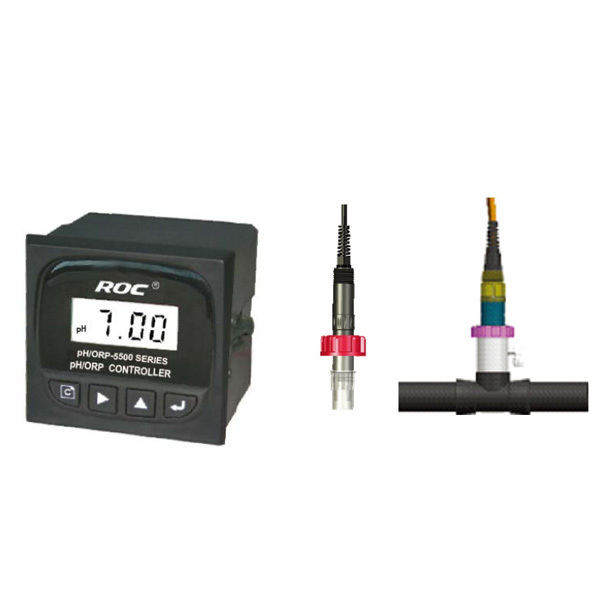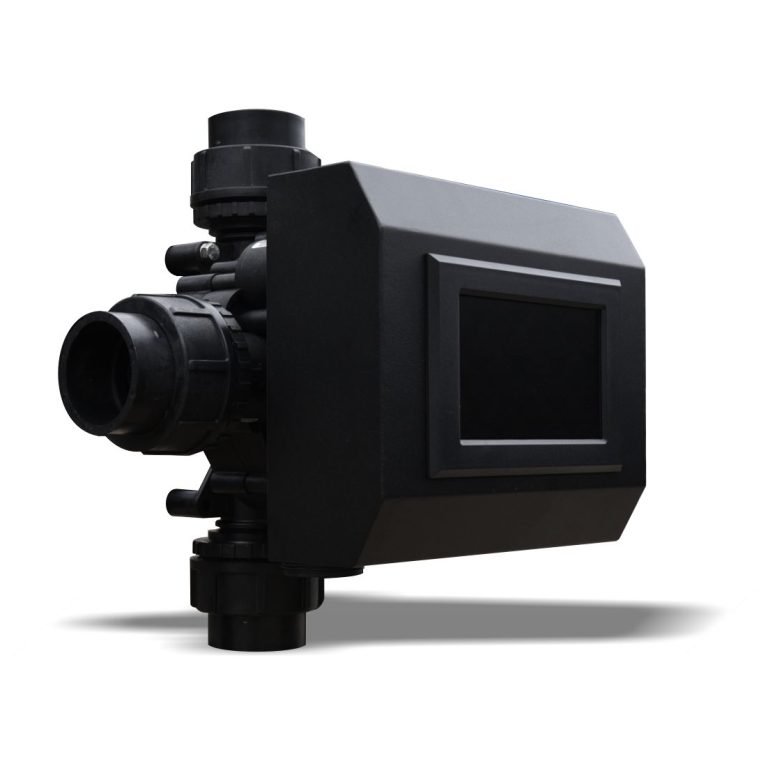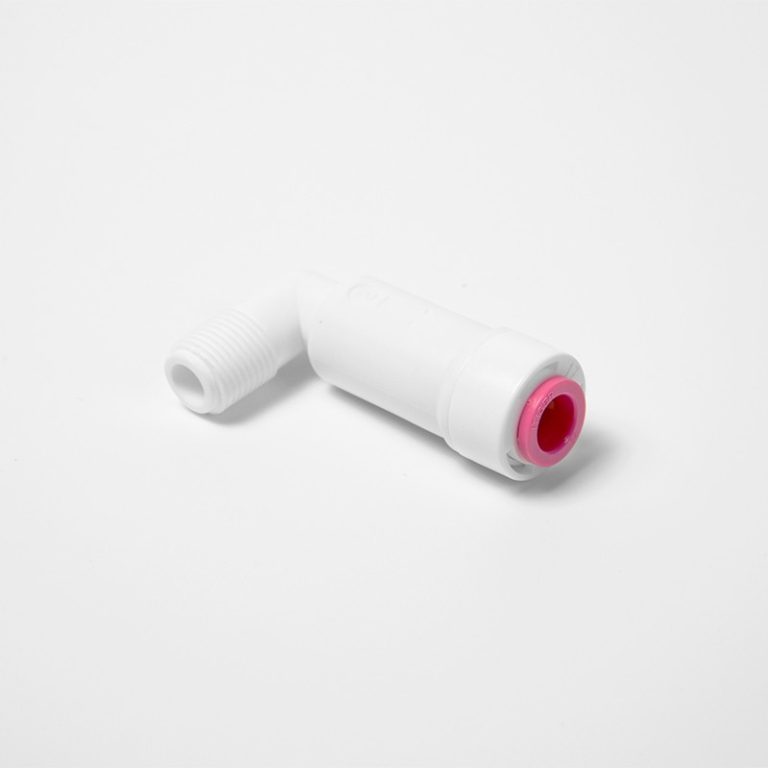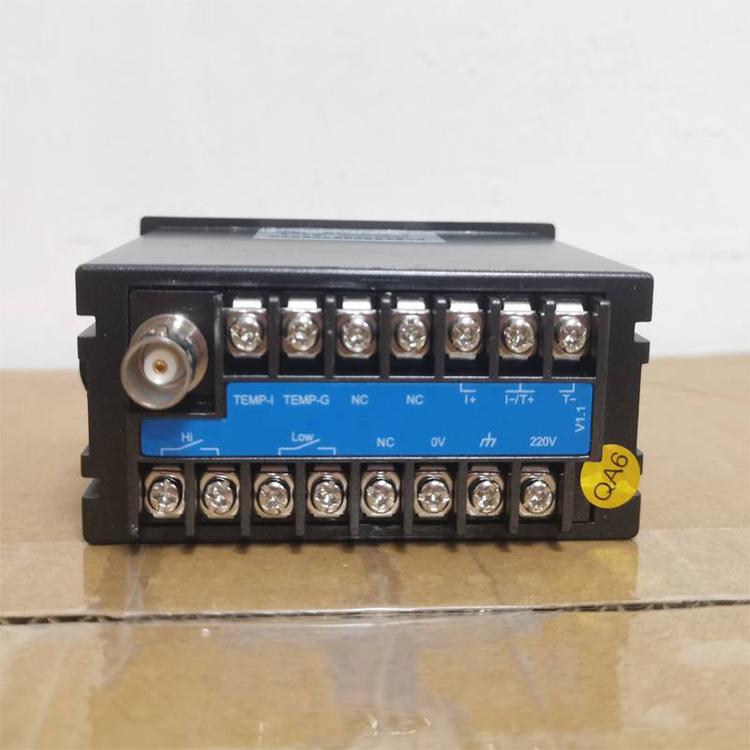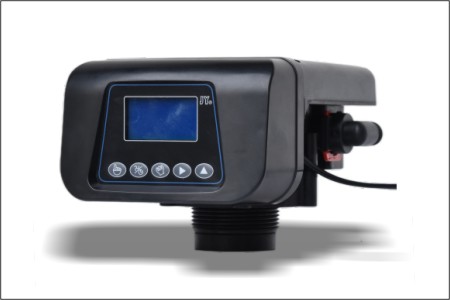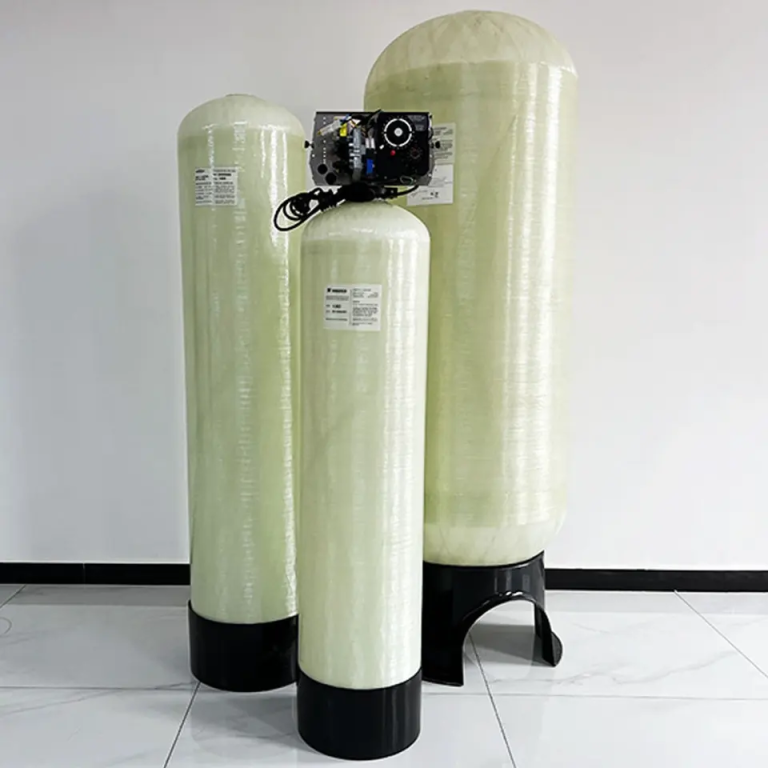การทำความเข้าใจพื้นฐานของเครื่องวิเคราะห์การนำไฟฟ้า
รุ่นผลิตภัณฑ์
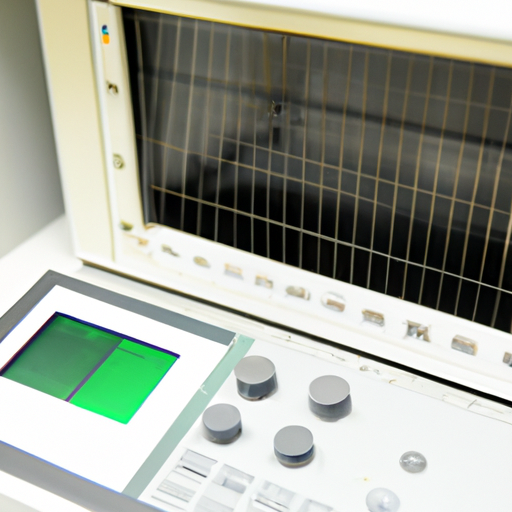
DOF-6310 และ nbsp;(DOF-6141)
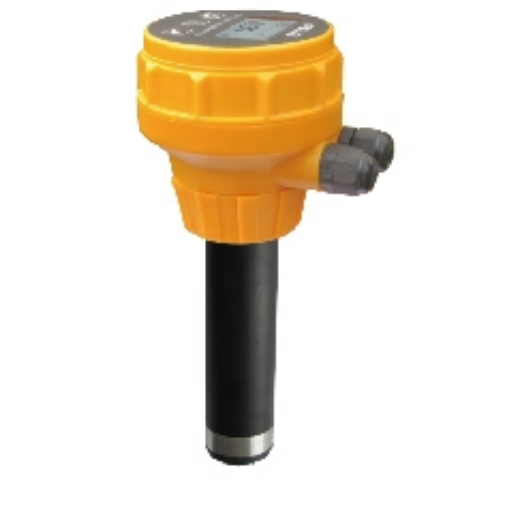
ชื่อผลิตภัณฑ์
| เทอร์มินัลการเก็บรวบรวมข้อมูลออกซิเจนที่ละลายน้ำ | วิธีการวัด |
| วิธีการเรืองแสง | ช่วงการวัด |
| 0-20มก./ลิตร | ความแม่นยำ |
| ±0.3มก./ลิตร | ความละเอียดและ nbsp; และ nbsp; |
| 0.01มก./ลิตร | เวลาตอบสนอง |
| 90s | ความสามารถในการทำซ้ำ |
| 5 เปอร์เซ็นต์ อาร์เอส | การชดเชยอุณหภูมิ |
| 0-60.0℃ ความแม่นยำ:±0.5℃ | การชดเชยแรงดันอากาศ |
| 300-1100hPa | แรงยืน |
| 0.3Mpa | การสื่อสาร |
| โปรโตคอลมาตรฐาน RS485 MODBUS-RTU | พลัง |
| ดีซี(9-28)วี | การสิ้นเปลืองพลังงาน |
| และ lt;2W | สภาพแวดล้อมการดำเนินงาน |
| อุณหภูมิ:(0-50)℃ | สภาพแวดล้อมในการจัดเก็บ |
| อุณหภูมิ:(-10-60)℃; และ nbsp;ความชื้น:≤95 เปอร์เซ็นต์ RH (ไม่มีการควบแน่น) | การติดตั้ง |
| จมอยู่ใต้น้ำ | ระดับการป้องกัน |
| ไอพี68 | น้ำหนัก |
| 1.5กก.(พร้อมสายยาว10ม.) | เครื่องวิเคราะห์ค่าการนำไฟฟ้ายังใช้กันอย่างแพร่หลายในอุตสาหกรรมการผลิตสารเคมี ในด้านนี้ การวัดค่าการนำไฟฟ้าถือเป็นสิ่งสำคัญในการติดตามความเข้มข้นของสารเคมีต่างๆ และรับรองความสม่ำเสมอของกระบวนการผลิต ด้วยการวัดค่าการนำไฟฟ้าที่แม่นยำ ผู้ผลิตจึงสามารถควบคุมปริมาณสารเคมีที่เติมลงในสารละลาย ป้องกันการใช้ยาเกินหรือน้อยเกินไป และรับประกันคุณภาพของผลิตภัณฑ์ที่ต้องการ
ในอุตสาหกรรมยา เครื่องวิเคราะห์ค่าการนำไฟฟ้ามีบทบาทสำคัญในการผลิตยา การวัดค่าการนำไฟฟ้าใช้ในการติดตามความบริสุทธิ์และความเข้มข้นของสารละลายทางเภสัชกรรม เพื่อให้มั่นใจว่าเป็นไปตามมาตรฐานด้านกฎระเบียบ ด้วยการรักษาการควบคุมการนำไฟฟ้าที่แม่นยำ บริษัทยาจึงสามารถผลิตยาที่ปลอดภัยและมีประสิทธิภาพ โดยสรุป เครื่องวิเคราะห์ค่าการนำไฟฟ้าเป็นเครื่องมือสำคัญที่ใช้ในการวัดค่าการนำไฟฟ้าของสารละลาย ประกอบด้วยเซ็นเซอร์หรือโพรบที่สัมผัสกับสารละลายและตัวส่งสัญญาณที่แปลงสัญญาณไฟฟ้าให้เป็นข้อมูลที่อ่านได้ เครื่องวิเคราะห์ค่าการนำไฟฟ้าใช้ในอุตสาหกรรมต่างๆ รวมถึงการบำบัดน้ำ การผลิตสารเคมี และเภสัชภัณฑ์ เพื่อตรวจสอบคุณภาพและความสม่ำเสมอของสารละลาย ด้วยการทำความเข้าใจพื้นฐานของเครื่องวิเคราะห์ค่าการนำไฟฟ้า ผู้เชี่ยวชาญในสาขาเหล่านี้จึงสามารถใช้เครื่องมือนี้ได้อย่างมีประสิทธิภาพเพื่อให้มั่นใจในความปลอดภัยและคุณภาพของผลิตภัณฑ์ |
| Weight | 1.5Kg(with 10m cable) |
Conductivity analyzers are also widely used in the chemical manufacturing industry. In this field, conductivity measurement is essential for monitoring the concentration of various chemicals and ensuring the consistency of production processes. By accurately measuring conductivity, manufacturers can control the amount of chemicals added to a solution, preventing over or under-dosing and ensuring the desired product quality.
In the pharmaceutical industry, conductivity analyzers play a crucial role in the production of medications. Conductivity measurement is used to monitor the purity and concentration of pharmaceutical solutions, ensuring that they meet regulatory standards. By maintaining precise control over conductivity, pharmaceutical companies can produce safe and effective medications.
In conclusion, a conductivity analyzer is a vital instrument used to measure the electrical conductivity of a solution. It consists of a sensor or probe that comes into contact with the solution and a transmitter that converts the electrical signals into readable data. Conductivity analyzers are used in various industries, including water treatment, chemical manufacturing, and pharmaceuticals, to monitor the quality and consistency of solutions. By understanding the basics of a conductivity analyzer, professionals in these fields can effectively utilize this instrument to ensure the safety and quality of their products.

